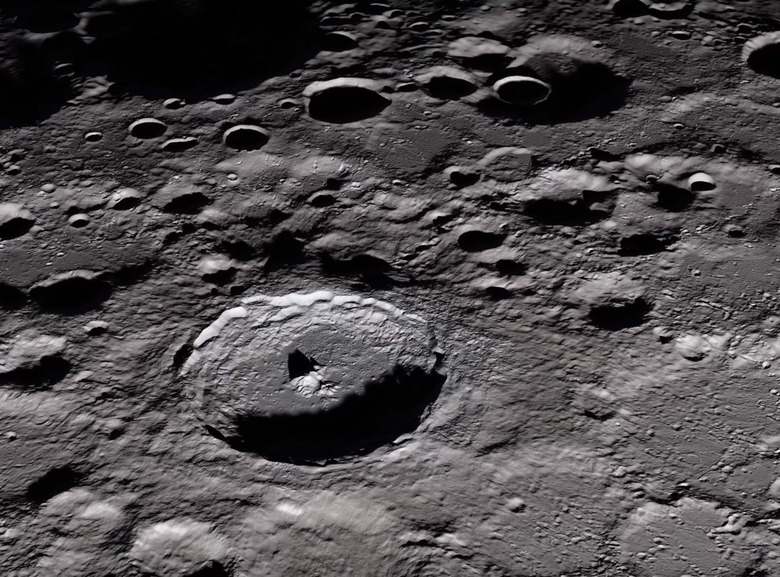NASA Could Turn Astronaut Pee Into Moon Bases
- Scientists say astronaut pee could be a vital ingredient in building structures on the Moon.
- Urea, found in urine, can be used to help bind loose lunar material into more rigid shapes, potentially opening the door to semi-permanent lunar "homes" for NASA's space travelers.
- Visit BGR's homepage for more stories.
NASA could turn astronaut pee into construction material that could be used for any number of things, including makeshift homes, according to a new study. Building structures on the Moon is going to be important if we hope to establish a long-term presence there, but sending building materials from Earth is terribly inefficient and would be an incredible investment that NASA simply can't make.
The space agency is determined to send humans back to the lunar surface and it wants to do it sooner rather than later. The current plan is to have astronauts on the Moon by 2024, and while the current global health crisis is threatening to delay much of NASA's ongoing work, that date still stands.
NASA's Artemis missions will send humans to the Moon in a slightly different manner than the brave travelers of the Apollo missions experienced, but once they land, their objectives will be many. One of the biggest challenges of the Artemis program will be to develop ways of utilizing the Moon's own material, including harvesting water from the lunar surface and using the loose material — called lunar regolith — as a resource.
A new study suggests that lunar regolith could become a viable building material when combined with something the astronauts will have plenty of; human pee. More specifically, urea, which is present in high levels within human urine, could be used as a chemical to make rigid structures out of material readily available on the Moon's surface.
"Samples containing urea and naphthalene-based admixtures could be used to build up a structure without any noticeable deformation," the researchers write in a paper published in the Journal of Cleaner Production. "Initial compressive strength of the samples with urea was higher than for the two other specimens containing superplasticizers, and it continued to rise even after 8 freeze-thaw cycles."
Put simply, using urea from human urine to help bind the loose lunar material together worked wonderfully and could likely maintain its structural integrity even as the Moon freezes and thaws on a regular basis. This could make it useful for the construction of short-term lunar shelters, which will be very important if NASA indeed plans for the Artemis missions to be the first step toward a more permanent human presence on the Moon.
The research is promising, but we still have a long way to go before NASA is ready to launch humans back to the Moon. The Mars 2020 mission remains on schedule despite the looming global health crisis, but it remains to be seen whether the Artemis program will suffer delays as a result of significant downtime across many NASA facilities.
